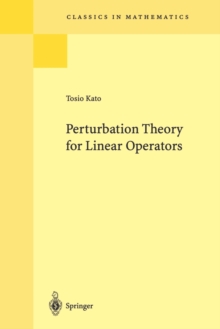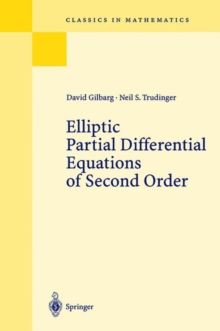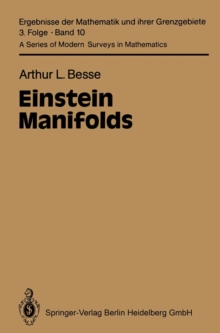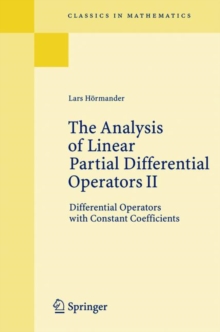
Hamiltonian Methods in the Theory of Solitons PDF
by Ludwig Faddeev, Leon Takhtajan
Part of the Classics in Mathematics series
- Information
Description
This book presents the foundations of the inverse scattering method and its applications to the theory of solitons in such a form as we understand it in Leningrad.
The concept of solitonwas introduced by Kruskal and Zabusky in 1965.
A soliton (a solitary wave) is a localized particle-like solution of a nonlinear equation which describes excitations of finite energy and exhibits several characteristic features: propagation does not destroy the profile of a solitary wave; the interaction of several solitary waves amounts to their elastic scat- tering, so that their total number and shape are preserved.
Occasionally, the concept of the soliton is treated in a more general sense as a localized solu- tion of finite energy.
At present this concept is widely spread due to its universality and the abundance of applications in the analysis of various processes in nonlinear media.
The inverse scattering method which is the mathematical basis of soliton theory has developed into a powerful tool of mathematical physics for studying nonlinear partial differential equations, almost as vigoraus as the Fourier transform.
The book is based on the Hamiltonian interpretation of the method, hence the title.
Methods of differential geometry and Hamiltonian formal- ism in particular are very popular in modern mathematical physics.
It is precisely the general Hamiltonian formalism that presents the inverse scat- tering method in its most elegant form.
Moreover, the Hamiltonian formal- ism provides a link between classical and quantum mechanics.
Information
-
Download Now
- Format:PDF
- Publisher:Springer Berlin Heidelberg
- Publication Date:10/08/2007
- Category:
- ISBN:9783540699699
Information
-
Download Now
- Format:PDF
- Publisher:Springer Berlin Heidelberg
- Publication Date:10/08/2007
- Category:
- ISBN:9783540699699



